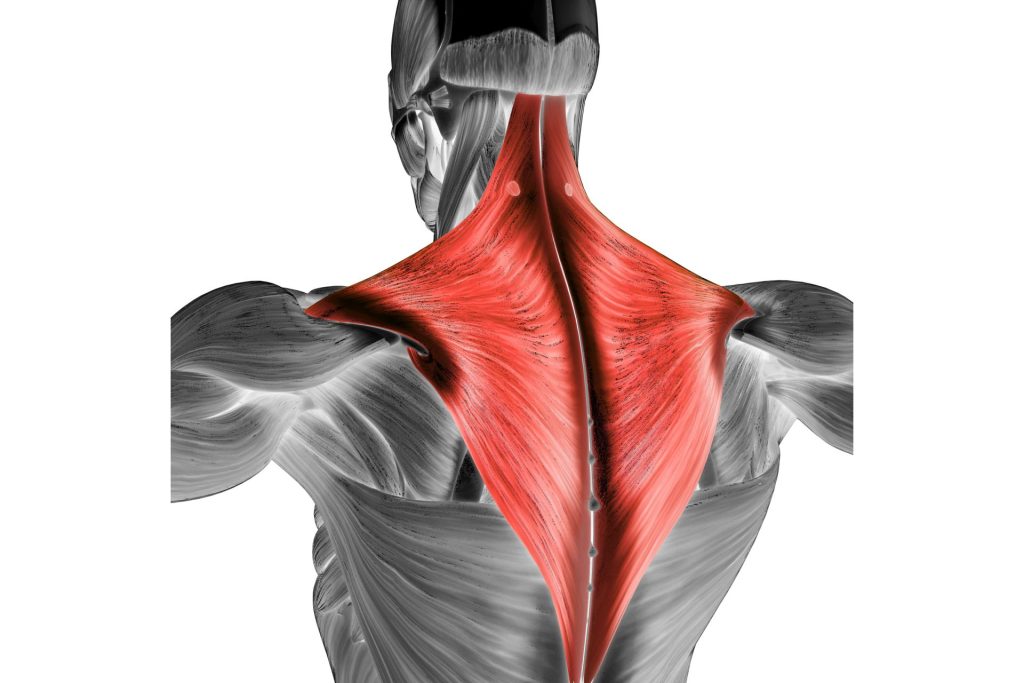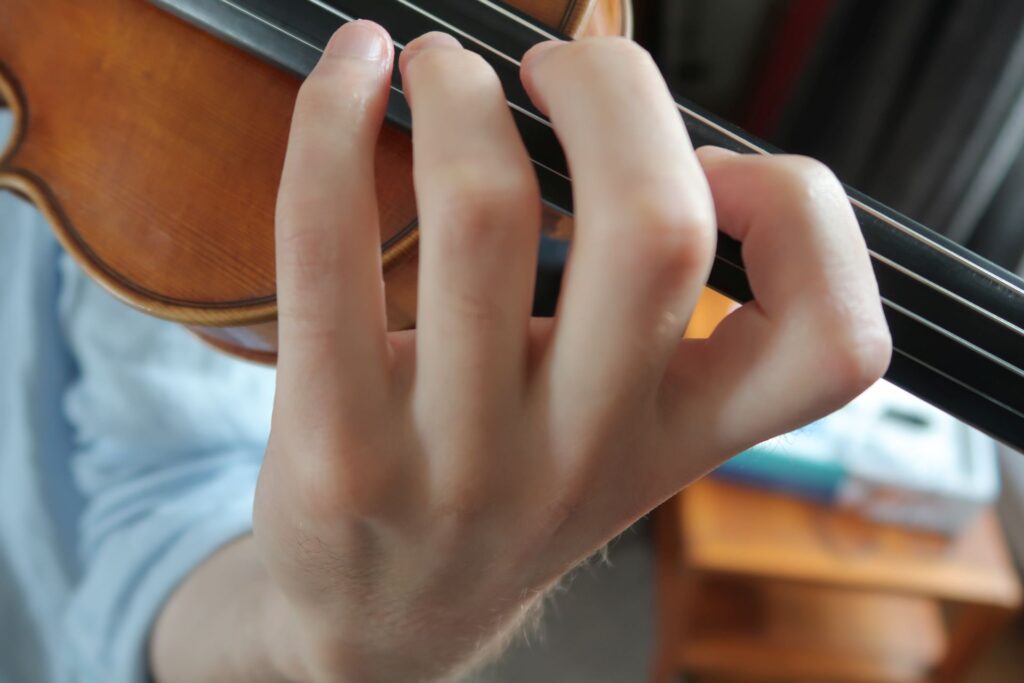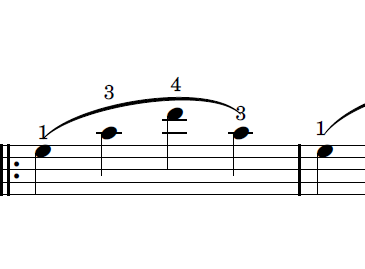An important aspect of playing the violin is maintaining a relaxed posture. This extends to every part of your body, but today we’re going to focus on the trapezius muscles. These muscles run along the sides of your neck and shoulders and are responsible for various upper body movements and stabilizing your neck. Keeping them relaxed is essential for fluidity and ease of motion when playing the violin.
The Importance of Relaxing the Trapezius
It’s easy for tension to build up in the trapezius muscles, especially when lifting the arms to hold the violin and bow. This tension can lead to stiffness and less control of the muscles in the arms, affecting the smoothness of your playing. When your trapezius muscles are tight, it can impact both your bow arm and your left arm, leading to reduced fluidity in movements like shifting on the fingerboard or controlling bow strokes.
Reducing Trapezius Tension
A simple and effective way to address this tension is to direct your attention to the trapezius muscles while lifting the instrument and bow. By doing so, you can become more aware of any tightness and consciously work to relax these muscles. It’s surprising how much tension can dissolve just by noticing it.
Common Situations for Trapezius Tension
An instance where the trapezius often tightens is during an up-bow in the lower half of the bow, close to the frog. The natural tendency might be to raise your shoulders, engaging the trapezius muscles, which leads to extra tension. This, in turn, can affect the smoothness of your bow stroke and hinder your ability to play with ease.
Practical Tips to Keep the Trapezius Relaxed
- Body Awareness: Before you start playing, take a moment to focus on your trapezius muscles. Are they relaxed? Are your shoulders down and free? If you feel any tension, try to release it.
- While Playing: As you lift the violin and bow, check your trapezius muscles again. If they start to tense up, take a deep breath and allow them to relax.
- During Shifting: When shifting up and down the fingerboard, ensure that your shoulders remain relaxed. Any unnecessary tightness in the trapezius can make shifting awkward.
- Bow Control: As you play an up bow, especially near the frog, consciously relax your trapezius muscles. This can help keep your bow arm movements (bow changes, for example) smooth and controlled.
Developing the Habit of Relaxation
Regularly checking your body for tension (also see this post on the body scan), particularly in the trapezius muscles, will eventually become second nature. This practice not only improves your violin technique but also contributes to a more comfortable and enjoyable playing experience. It can prevent strain and injury over time.
Keep these tips in mind and incorporate them into your daily practice routine. By keeping your trapezius muscles relaxed, you’ll find that your playing becomes more fluid, controlled, and expressive.


